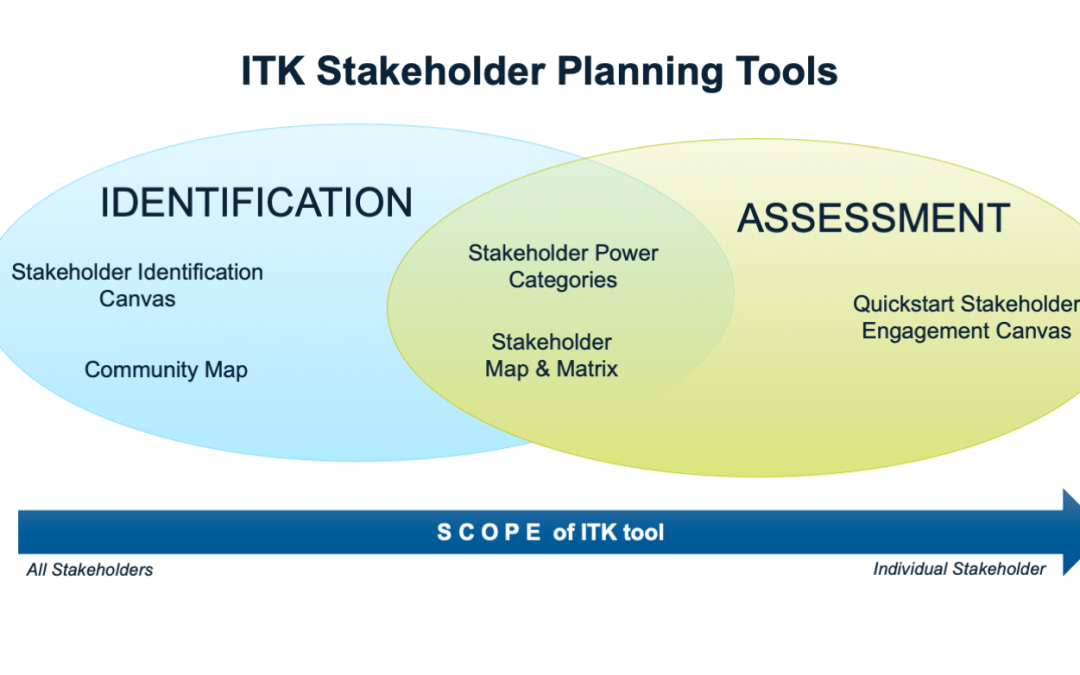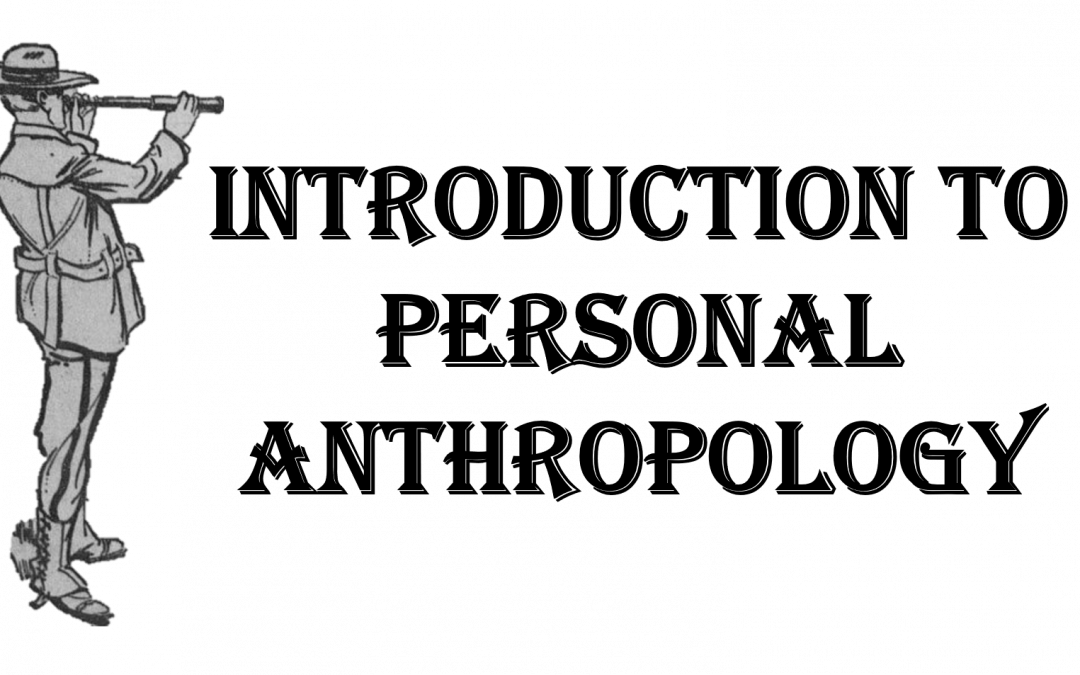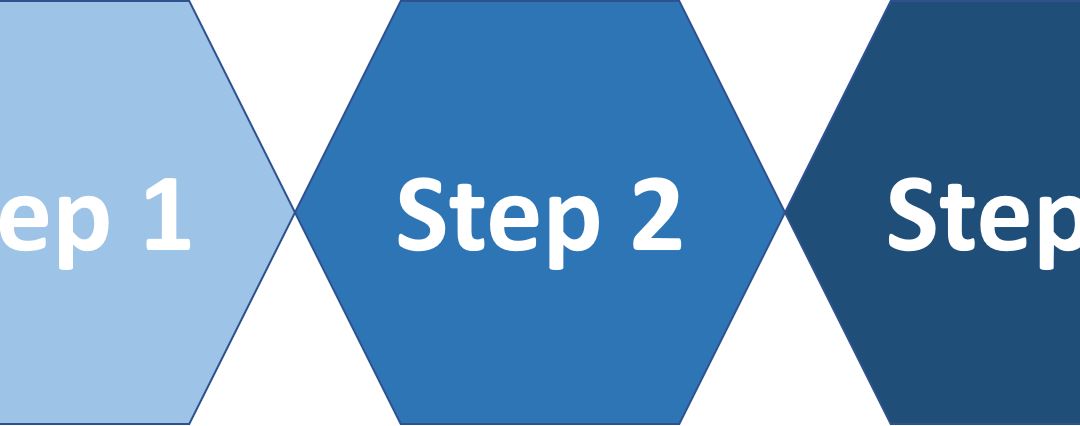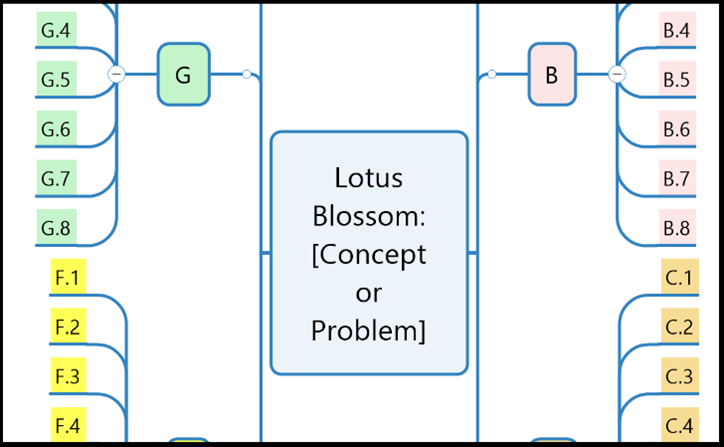I’d like to introduce you to a handy little technique I use called “noticing how I work, writing that down, and sharing it.” I think of it as a type of personal anthropology, with my work persona as the primary subject of study.
I highly recommend adopting this practice in your own work, for several reasons. First, I find it makes my work better, because I’m constantly collecting data about what’s actually working for me. I’m observing and documenting my own patterns, then experimenting with ways to improve them. Second, it makes me a better partner because it gives me a steady stream of ideas to contribute to the team. And I should also mention it’s kinda fun.
Let’s break it down into the three main steps.
STEP 1: NOTICE
Noticing is simultaneously easy and hard. It’s easy because you are always with yourself, always physically present at your own activities. There is no need to make special arrangements, manage conflicting schedules, or fear coming across like some creepy stalker (why is that guy following me?). It’s also hard because there are loads of distractions. You’re busy doing the thing, so remembering to make a note of how you do it requires deliberate intention and effort. Good news – you can do your noticing after the fact, remembering and reflecting instead of observing and recording in real-time. The question to ask yourself is basically “What did I do, and how’s that working out for me?”
STEP 2: WRITE
It’s super tempting to skip this step, but please don’t. Putting words on paper (and I literally mean paper, please and thank you) helps us process and understand our experiences. This also records them for future evaluation, but even if you never re-read your old notebooks, the benefit of having written it in the first place is hard to overstate. Your first draft doesn’t have to be super detailed – in my case, I literally wrote the words “notice / write / share” in a notebook… then used that as the seed of this blog post. And remember, good writing is just bad writing that’s been rewritten, so give yourself permission to write a bad first draft (I LOVE bad first drafts). It is much easier to revise a bad first draft than to edit a blank sheet of paper. And if you honestly want to improve your writing, the best advice I can give is to read a lot.
STEP 3: SHARE
Sharing your observations and practices may feel presumptuous, but it is actually a generous contribution to the community. Letting people in on your learning and passing along your reflections helps to build a culture of collaboration, trust, and learning. Don’t worry if your story feels obvious or basic, or like something everyone already knows. I find that adults need to be reminded more often than they need to be informed, and you may have a new take on an old idea. At the very least, by sharing your practices you’re making it easier for other people to do so as well.
(and not to get too meta about it, but did you notice this post is about noticing how I notice things…)





